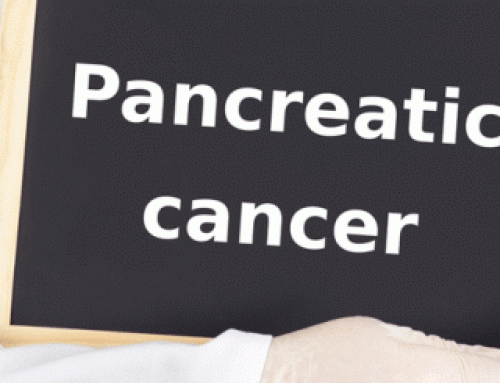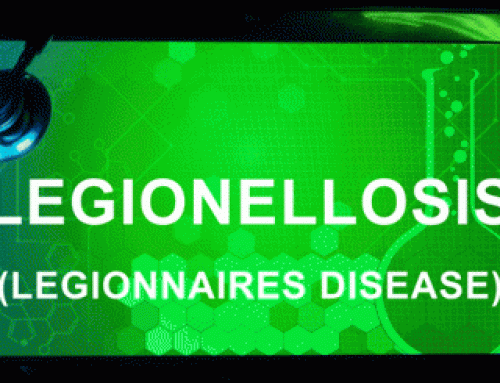Low testosterone, referred to as hypogonadism in medical practice, is relatively well defined and studied in its myriad of presentations. According to the American Association of Clinical Endocrinologists (2002), pediatric hypogonadism may results in several signs and symptoms if the disorder expresses before puberty and thus is detected in the absence of the pubertal state. Although symptoms may present at different ages in young hypogonadal males, a diagnosis is usually made in the earlier stages of puberty through ages 10 and 12 in the presence of low blood testosterone levels and clinically significant physical findings. Clinical signifiers include impaired sexual development of the testes, phallus, and prostate gland, as well as appearance of minimal body hair and muscle mass, a higher pitched voice, excess breast tissue development (gynecomastia), and elongated arms and legs due to failure of growth plate (epiphyseal) closure (AACE, 2002).
Upon the diagnosis of hypogonadism, a physician using an evidence-based approach will try to distinguish the type and cause of the deficient testosterone level to best treat the primary condition, including other diseases and conditions not directly related to the endocrine system. Many conditions are associated with hypogonadism, as the male body will not sufficiently produce adequate amounts of testosterone in the presence of serious inflammatory conditions, infection, or other deleterious physiological states that disrupt the balance of the hypothalamic-pituitary-testicular axis (HPT axis) (Endocrine Society, 2010).
The HPT axis is a complex part of the endocrine system that regulates hormonal balance (homeostasis) in the testicles to a variety of internal and external cues via biochemical feedback loops that allow communication between the brain and endocrine system (AACE, 2002). Laboratory values measuring different levels of hormonal secretions by various glands along this axis may allow the physician to determine the origin of the testosterone deficiency: testicular, neurological, or a combination. According to the Endocrine Society (2010), low testosterone originating from testicular dysfunction is classified as primary hypogonadism, which will usually present with increased activation of the neurological and neuroendocrinological pathways of the HPT axis due to the constant positive feedback in the absence of testicular testosterone. Furthermore, low testosterone not isolated to testicular failure is termed secondary hypogonadism, indicating neurological and/or neuroendocrinological deficit of the HPT axis, as the testicles are not receiving proper hormonal signaling to produce testosterone (Endocrine Society, 2010). Both primary and secondary hypogonadism may be attributed to congenital causes that are present at birth and/or acquired causes that occur after birth (AACE, 2002).
In regards to genetic factors that contribute to hypogonadism, they are congenital in origin and may be detected in childhood around the pubertal period (Endocrine Society, 2010). Although a plethora of genes have been isolated and their biochemical mechanisms explored, only a minute portion of congenital cases of hypogonadism may be attributed to current understanding and knowledge of the genetic origins of the disease. Scientists argue that the genetic etiology of congenital hypogonadism is often remarkably complex and involves a myriad of variables, including multiple genetic mutations, environmental factors, and a family history of the disease (epigenetics). The current understanding of the genetic disease process places a significant importance on the secondary causes of hypogonadism, stemming from neurological dysfunctional of the HPT axis (Bianco & Kaiser, 2009).
If you suspect your child may have hypogonadism, please seek evaluation from a board certified pediatrician or pediatric endocrinologist.
This article contributed by HHP Staff Writer, Matthew J. Wahhab.






my husband was diagonised with “low testosterone”. To make baby have being an impossible task. what possible treatment can he take. please help before this ruins my marriage.
Please do not delay needed health care. For more information about what this website can do for you, please see “Understanding What the Human Health Project (HHP) Can Do For You.”